
Elizabeth Báthory

Countess Elizabeth Báthory de Ecsed (Hungarian: Báthory Erzsébet, pronounced [ˈbaːtori ˈɛrʒeːbɛt]; Slovak: Alžbeta Bátoriová ; 7 August 1560 – 21 August 1614) was a Hungarian noblewoman and reputed serial killer from the noble family of Báthory, who owned land in the Kingdom of Hungary (now Hungary, Slovakia and Romania). She has been labeled by Guinness World Records as the most prolific female murderer,though the precise number of her victims is debated. Báthory and four collaborators were accused of torturing and killing hundreds of young women between 1585 and 1609. The highest number of victims cited during Báthory’s trial was 650. However, this number comes from the claim by a serving girl named Susannah that Jakab Szilvássy, Countess Báthory’s court official, had seen the figure in one of Báthory’s private books. The book was never revealed, and Szilvássy never mentioned it in his testimony.] Despite the evidence against Elizabeth, her family’s importance kept her from facing execution. She was imprisoned in December 1610 within Čachtice Castle, in Upper Hungary (now Slovakia), and held in solitary confinement in a windowless room until her death four years later.
The stories of her sadistic serial murders are verified by the testimony of more than 300 witnesses and survivors as well as physical evidence and the presence of horribly mutilated dead, dying and imprisoned girls found at the time of her arrest] Stories describing her vampire-like tendencies (most famously the tale that she bathed in the blood of virgins to retain her youth) were generally recorded years after her death, and are considered unreliable. Her story quickly became part of national folklore, and her infamy persists to this day. She is often compared to Vlad the Impaler of Wallachia (on whom the fictional Count Dracula is partly based); some insist she inspired Bram Stoker’s Dracula (1897)though there is no evidence to support this hypothesis. Nicknames and literary epithets attributed to her include The Blood Countess and Countess Dracula.
Note: The native form of this personal name is Ecsedi Báthory Erzsébet. This article uses Western name order when mentioning individuals.
- Early Years
- Married Life
- Accusation
- Trial
- Prison and Death
- Reputation
- Folklore and Popular Culture
- Ancestry
Elizabeth Báthory was born on a family estate in Nyírbátor, Kingdom of Hungary, in 1560 or 1561, and spent her childhood at Ecsed Castle. Her father was Baron George VI Báthory of the Ecsed branch of the family, brother of Andrew Bonaventura Báthory, who had been voivode of Transylvania, while her mother was Baroness Anna Báthory (1539–1570), daughter of Stephen Báthory of Somlyó, another voivode of Transylvania, who was of the Somlyó branch. Through her mother, Elizabeth was the niece of the Hungarian noble Stephen Báthory (1533–1586), the king of Poland and the grand duke of Lithuania of the Polish-Lithuanian Commonwealth and the prince of Transylvania. Her older brother was Stephen Báthory (1555–1605), who became a judge royal of Hungary.
During her childhood she suffered multiple seizures that may have been caused by epilepsy, possibly stemming from the inbreeding of her parents. At the time, symptoms relating to epilepsy were diagnosed as Falling Sickness and treatments included rubbing blood of a non-sufferer on the lips of an epileptic or giving the epileptic a mix of a non-sufferer’s blood and a piece of skull as their episode ended. This leads to the speculation that Elizabeth’s killings during her later life were part of her efforts to cure the illness, she had been suffering from since she was a young child; however, there is no hard evidence supporting the speculation.
As another attempt to explain Elizabeth’s cruelty later in her life, many sources say that she was trained by her family to be cruel. Stories include Elizabeth as a child witnessing brutal punishments executed by her family’s officers, and being taught by family members involved with Satanism and witchcraft. Again, there is no hard evidence for these claims.
Elizabeth was raised a Calvinist Protestant. As a young woman, she learned Latin, German, Hungarian, and Greek. Born into a privileged family of nobility, Elizabeth was endowed with wealth, education, and a stellar social position.
At the age of 13, before her first marriage, Elizabeth allegedly gave birth to a child. The child, said to have been fathered by a peasant boy, was supposedly given away to a local woman that was trusted by the Báthory family. The woman was paid for her act, and the child was taken to Wallachia. Evidence of this pregnancy came up long after Elizabeth’s death through rumors spread by peasants; therefore, the validity of the rumor is often disputed.
Elizabeth was engaged at age 10 to Ferenc Nádasdy, the son of Baron Tamás Nádasdy de Nádasd et Fogarasföld and Orsolya Kanizsay in what was probably a political arrangement within the circles of the aristocracy. As Elizabeth’s social standing was higher than that of her husband, she refused to change her last name, and instead Nádasdy assumed the surname Báthory. The couple married when she was 15 (and he was aged 19) at the palace of Vranov nad Topľou (Varannó in Hungarian) on 8 May 1575. Approximately 4,500 guests were invited to the wedding. Elizabeth moved to Nádasdy Castle in Sárvár and spent much time on her own, while her husband studied in Vienna.
Nádasdy’s wedding gift to Báthory was his household, Čachtice Castle (Csejte in Hungarian) situated in the Little Carpathians near Nové Mesto nad Váhom and Trenčín in present-day Slovakia. The castle had been bought by his mother in 1569 and given to Nádasdy, who transferred it to Elizabeth during their nuptials, together with the Čachtice country house and 17 adjacent villages. The castle was (and still is) surrounded by a village and agricultural lands, bordered by outcrops of the Little Carpathians.
In 1578, Nádasdy became the chief commander of Hungarian troops, leading them to war against the Ottomans. With her husband away at war, Elizabeth Báthory managed business affairs and the estates. That role usually included responsibility for the Hungarian and Slovak people, even providing medical care.
During the Long War (1593–1606), Elizabeth was charged with the defense of her husband’s estates, which lay on the route to Vienna. The threat was significant, for the village of Čachtice had previously been plundered by the Ottomans while Sárvár, located near the border that divided Royal Hungary and Ottoman-occupied Hungary, was in even greater danger. She was an educated woman who could read and write in four languages. There were several instances where she intervened on behalf of destitute women, including a woman whose husband was captured by the Turks and a woman whose daughter was raped and impregnated.
Her daughter, Anna Nádasdy, was born in 1585 and was later to become the wife of Nikola VI Zrinski. Her other known children include Orsolya (Orsika) Nádasdy (1590 – unknown) who would later become the wife of István II Benyó, Katalin (Kata or Katherina) Nádasdy (1594 – unknown), András Nádasdy (1596–1603), and Pál (Paul) Nádasdy (1598–1650), father of Ferenc II Nádasdy.
Some chronicles also indicate that the couple had another son, named Miklós Nádasdy, although this cannot be confirmed, and it could be that he was simply a cousin or died young, as he is not named in the 1610 will of the Countess. György Nádasdy is also supposedly a name of one of the deceased Nádasdy infants, but nothing on that can be confirmed. All of Elizabeth’s children were cared for by governesses, as Elizabeth had been.
Elizabeth’s husband, Ferenc Nádasdy, died on 4 January 1604 at the age of 48. Although the exact nature of the illness which led to his death is unknown, it seems to have started in 1601, and initially caused debilitating pain in his legs. From that time, he never fully recovered, and in 1603 became permanently disabled. The couple had been married for 29 years. Before dying, Ferenc Nádasdy entrusted his heirs and widow to György Thurzó, who would eventually lead the investigation into Elizabeth’s crimes.
Investigation
Between 1602 and 1604, after rumours of Báthory’s atrocities had spread through the kingdom, Lutheran minister István Magyari made complaints against her, both publicly and at the court in Vienna. The Hungarian authorities took some time to respond to Magyari’s complaints. Finally, in 1610, King Matthias II assigned György Thurzó, the Palatine of Hungary, to investigate. Thurzó ordered two notaries to collect evidence in March 1610. In 1610 and 1611, the notaries collected testimony from more than 300 witnesses. The trial records include the testimony of the four defendants, as well as thirteen witnesses. Priests, noblemen and commoners were questioned. Witnesses included the castellan and other personnel of Sárvár castle.
According to the testimonies, Báthory’s initial victims were serving girls aged 10 to 14 years, the daughters of local peasants, many of whom were lured to Čachtice by offers of well paid work as maids and servants in the castle. Later, she is said to have begun to kill daughters of the lesser gentry, who were sent to her gynaeceum by their parents to learn courtly etiquette. Abductions were said to have occurred as well. The atrocities described most consistently included severe beatings, burning or mutilation of hands, biting the flesh off the faces, arms and other body parts, freezing or starving to death. The use of needles was also mentioned by the collaborators in court. There were many suspected forms of torture carried out by Elizabeth. According to the Budapest City Archives, the girls were burned with hot tongs and then placed in freezing cold water. They were also covered in honey and live ants. Elizabeth is also suspected of cannibalism.
Some witnesses named relatives who died while at the gynaeceum. Others reported having seen traces of torture on dead bodies, some of which were buried in graveyards, and others in unmarked locations. Two court officials (Benedek Deseő and Jakab Szilvássy) claimed to have personally witnessed the Countess torture and kill young servant girls. According to the testimony of the defendants, Elizabeth Báthory tortured and killed her victims, not only at Čachtice but also on her properties in Sárvár, Németkeresztúr, Bratislava (Pozsony in Hungarian), and Vienna, and elsewhere. In addition to the defendants, several people were named for supplying Elizabeth Báthory with young women, procured either by deception or by force.
Arrest
It was said that Thurzó went to Čachtice Castle after Christmas on 30 December 1610 and caught Báthory in the act. Thurzó arrested Báthory and four of her servants, who were accused of being her accomplices: Dorotya Semtész, Ilona Jó, Katarína Benická, and János Újváry (“Ibis” or Fickó). Thurzó’s men reportedly found one girl dead and one dying and reported that another woman was found wounded while others were locked up. The countess was put under house arrest.
Although it is commonly believed that Báthory was caught in the act of torture, there is little evidence to support this. Initially, Thurzó made the declaration to Báthory’s guests and village people that he had caught her red-handed. However, she was arrested and detained prior to the discovery or presentation of the victims. It seems most likely that the whole idea of Thurzó discovering Báthory covered in blood has been the embellishment of fictionalized accounts.
Thurzó debated further proceedings with Elizabeth’s son Paul and two of her sons-in-law. A trial and execution would have caused a public scandal and disgraced a noble and influential family (which at the time ruled Transylvania), and Elizabeth’s considerable property would have been seized by the crown. Thurzó, along with Paul and her two sons-in-law, originally planned for Elizabeth to be spirited away to a nunnery, but as accounts of her murder of the daughters of lesser nobility spread, it was agreed that Elizabeth Báthory should be kept under strict house arrest and that further punishment should be avoided.
King Matthias urged Thurzó to bring Elizabeth to trial and suggested she be sentenced to death, but Thurzó successfully convinced the king that such an act would adversely affect the nobility. Thurzó’s motivation for such an intervention is debated by scholars. It was decided that Matthias would not have to repay his large debt to Elizabeth.
Two trials were held in the wake of Báthory’s arrest; the first was held on January 2, 1611 and the second on January 7, 1611. Dozens of witnesses and survivors, sometimes up to 35 a day, testified. All but one of the countess’s servants testified against her. In addition to the testimony, the court also examined the skeletons and cadaver parts found as evidence.
The exact number of Elizabeth Báthory’s victims is unknown, and even contemporary estimates differ greatly. During the trial, Dorottya Szentes and Ficko reported 36 and 37 victims respectively, during their periods of service. The other defendants, Ilona Jó and Katarína Benická, estimated a number of 50 or higher. Many Sárvár castle personnel estimated the number of bodies removed from the castle at between 100 and 200] A servant who spoke at the trial as a witness was said to have provided a list of more than 650 victims’ names, allegedly in Báthory’s own handwriting. As the number 650 could not be proven, the official count remained at 80. Reportedly, the location of the diaries is unknown, but 32 letters written by Báthory are stored in the Hungarian state archives in Budapest.
Báthory was imprisoned in Čachtice Castle and placed in solitary confinement. She was kept bricked in a set of rooms, with only small slits left open for ventilation and the passing of food. She remained there for four years until her death. On the evening of 21 August 1614, Báthory complained to her bodyguard that her hands were cold, whereupon he replied “It’s nothing, mistress. Just go lie down.” She went, to sleep and was found dead the following morning. She was buried in the church of Čachtice on 25 November 1614, but according to some sources due to the villagers’ uproar over having the Blood Countess buried in their cemetery, her body was moved to her birth home at Ecsed, where it was interred at the Báthory family crypt.The location of her body today is unknown. Čachtice church or Čachtice castle does not bear any markings of her possible grave.
Several authors such as László Nagy and Dr. Irma Szádeczky-Kardoss have argued that Elizabeth Báthory was a victim of a conspiracy. Nagy argued that the proceedings against Báthory were largely politically motivated, possibly due to her extensive wealth and ownership of large areas of land in Hungary, escalating after the death of her husband. The theory was consistent with Hungarian history at that time, which included religious and political conflicts, especially relating to the wars with the Ottoman Empire, the spread of Protestantism and the extension of Habsburg power over Hungary
There are counter-arguments made against this theory. The investigation into Báthory’s crimes was sparked by complaints from a Lutheran minister, István Magyari. This does not contribute to the notion of a Catholic/Habsburg plot against the Protestant Báthory, although the religious tension is still a possible source of conflict as Báthory was raised Calvinist, not Lutheran. To support Báthory’s innocence, the testimony of around 300 witnesses and the physical evidence collected by the investigators have to be addressed or disputed. That evidence included numerous bodies and dead and dying girls found when the castle was entered by Thurzó. Szádeczky-Kardoss argues the physical evidence was exaggerated and Thurzó misrepresented dead and wounded patients as victims of Báthory, as disgracing her would greatly benefit his political state ambitions.
Main article: Elizabeth Báthory in popular culture
The case of Elizabeth Báthory inspired numerous stories during the 18th and 19th centuries. The most common motif of these works was that of the countess bathing in her victims’ blood to retain beauty or youth. This legend appeared in print for the first time in 1729, in the Jesuit scholar László Turóczi’s Tragica Historia, the first written account of the Báthory case.] The story came into question in 1817, when the witness accounts (which had surfaced in 1765) were published for the first time. They included no references to blood baths. In his book Hungary and Transylvania, published in 1850, John Paget describes the supposed origins of Báthory’s blood-bathing, although his tale seems to be a fictionalized recitation of oral history from the area. It is difficult to know how accurate his account of events is. Sadistic pleasure is considered a far more plausible motive for Elizabeth Báthory’s crimes.
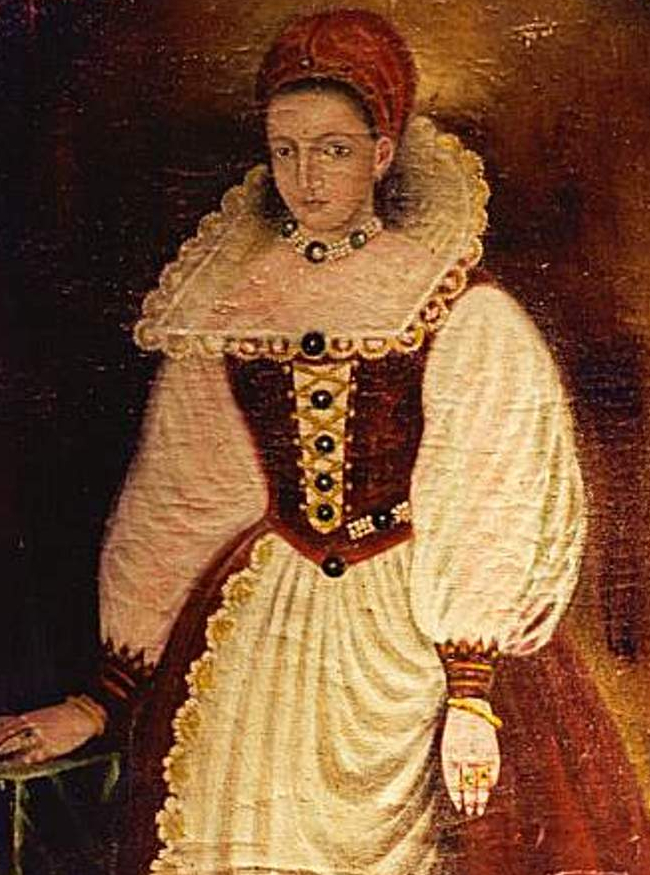
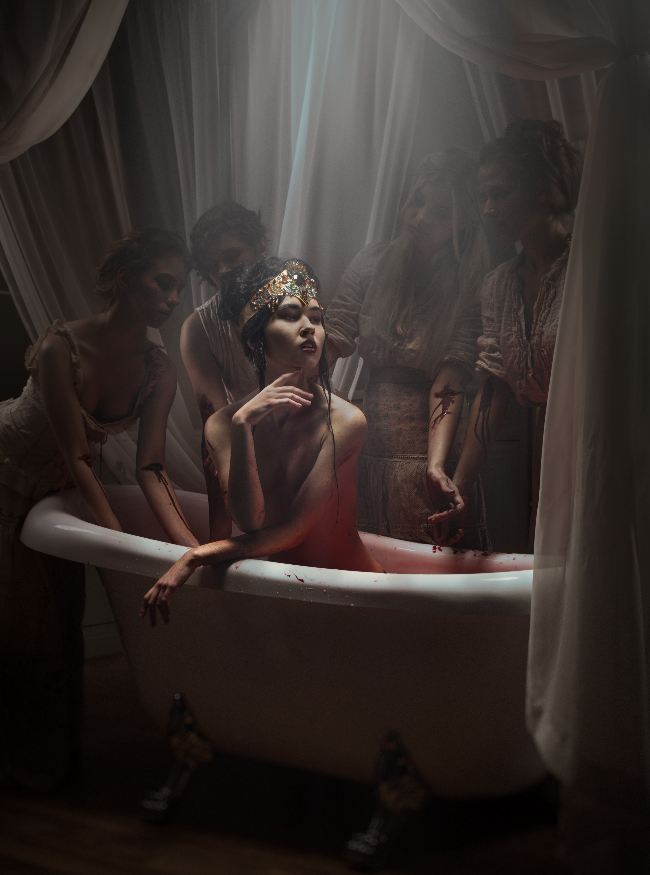
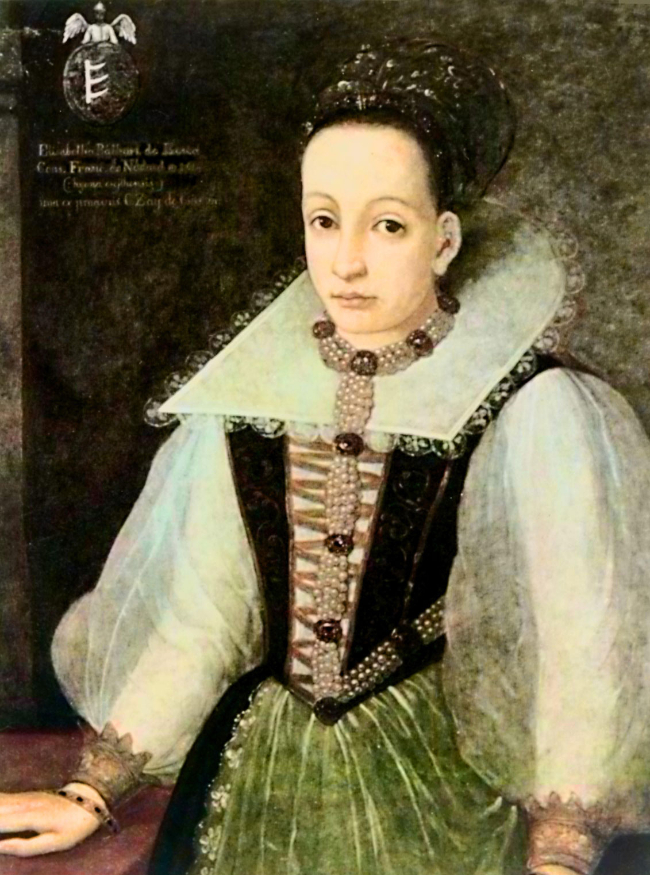
Elizabeth Báthory Links:
- Countess Dracula – 1971 Hammer fictionalization of the countess
- Immoral Tales – 1973 portmanteau film, the third story is ‘Erzsébet Báthory’
- Bathory – 2008 historical drama written and directed by Juraj Jakubisko
- The Countess – 2009 drama historical movie written and directed by Julie Delpy
- Elizabeth Branch
- Elizabeth Brownrigg
- Delphine LaLaurie
- Catalina de los Ríos y Lisperguer
- Darya Nikolayevna Saltykova
- Mariam Soulakiotis
Sources used:
-
-
-
-
- Link: https://en.wikipedia.org/wiki/Elizabeth_B%C3%A1thory The original version of this page is from Wikipedia, you can request edits of this page by sending a message. Text is available under the Creative Commons Attribution-ShareAlike License. Additional terms may apply. Images/media credited individually.
- Cover Image Credits: (licensed image)
- Page Image Credits: (licensed image)
- Gallery Image Credits: Left Image (Copy of the lost 1585 original portrait of Elizabeth Báthory)
- Center Image (licensed image)
- Right Image (Elizabeth Báthory Portrait)
-
-
-
References used: View main article on the supplied Wikipedia link above for a through view of the references used for article and additional sources.



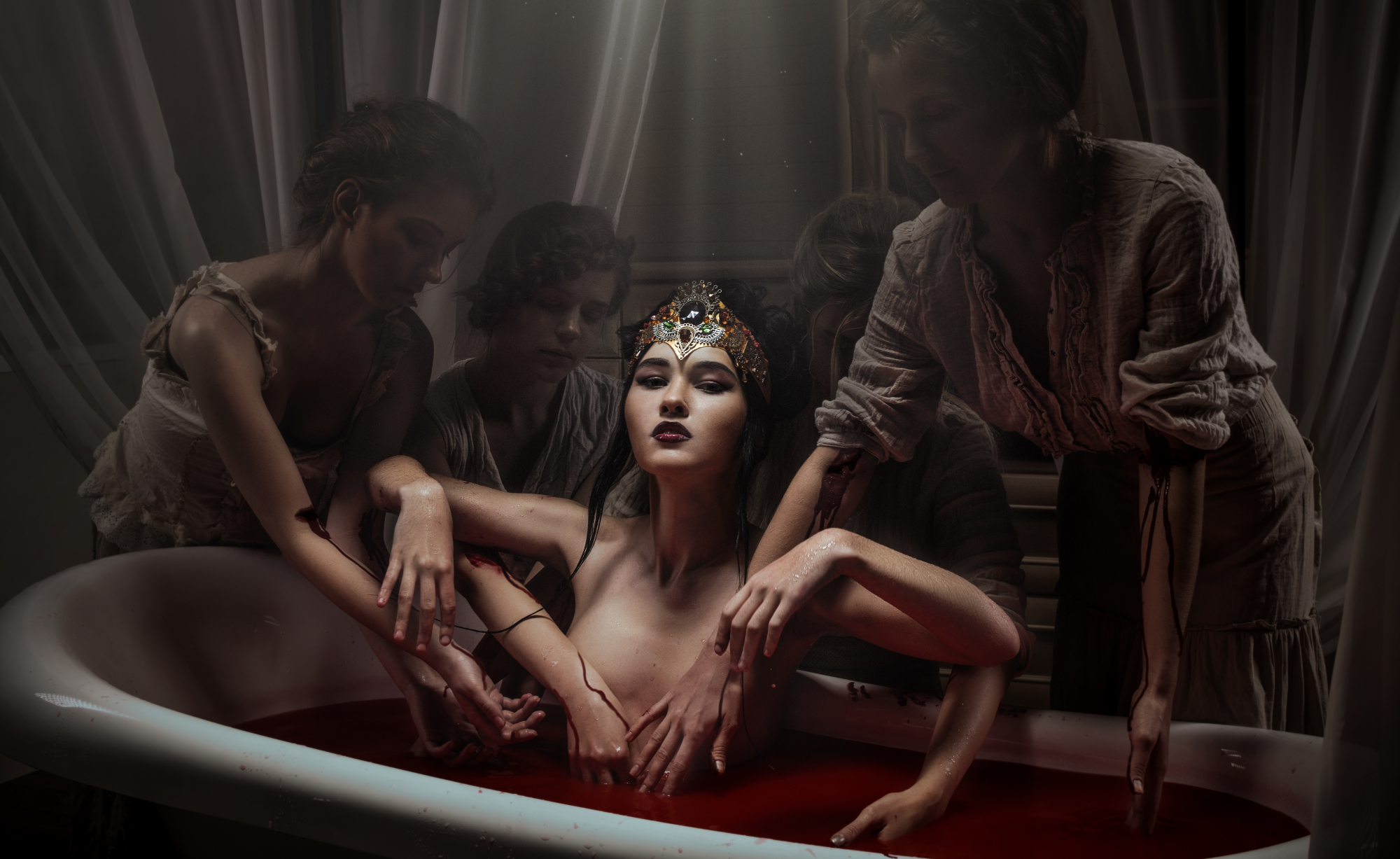
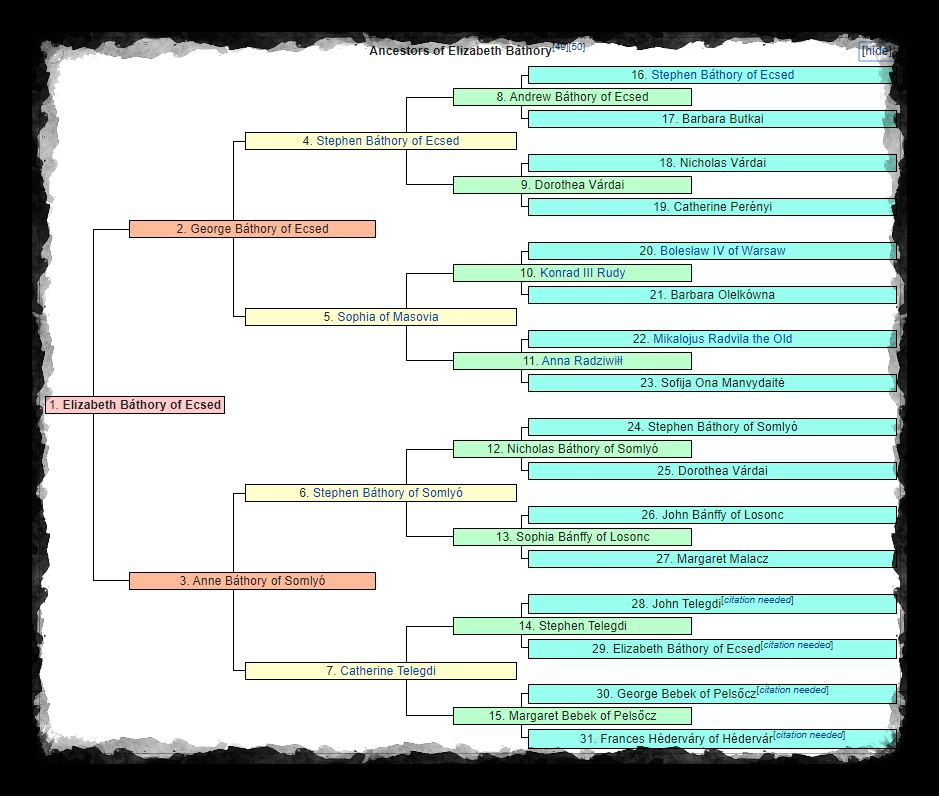
No Comments